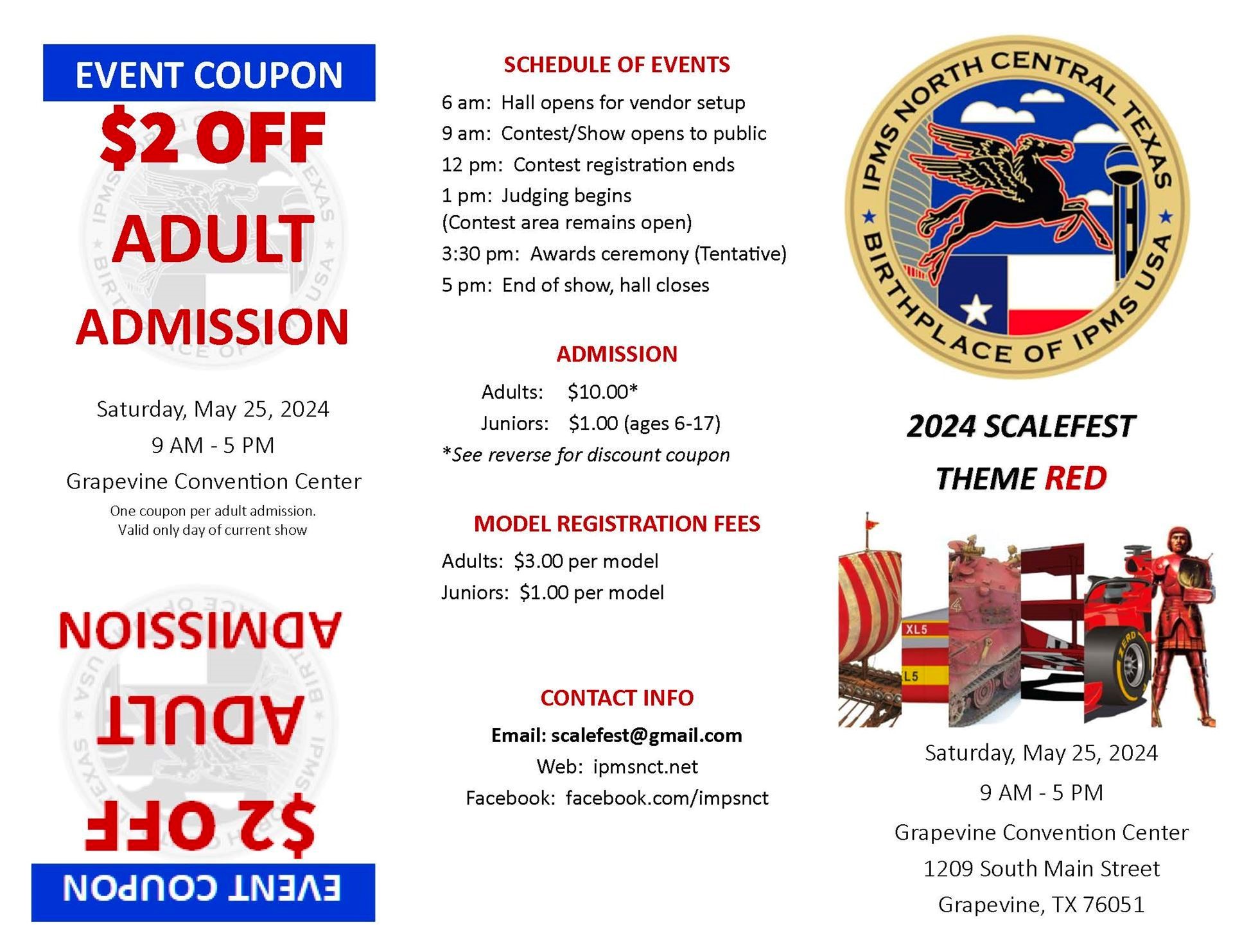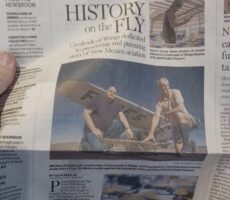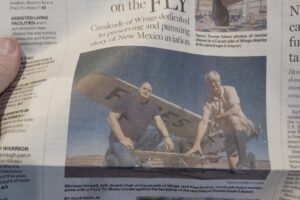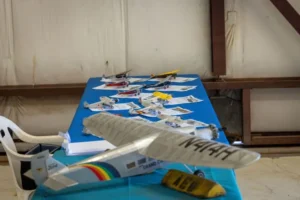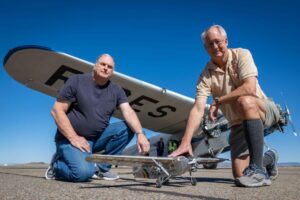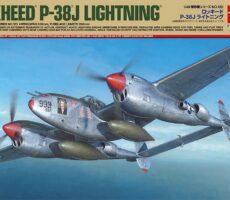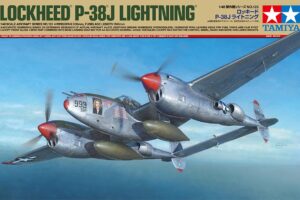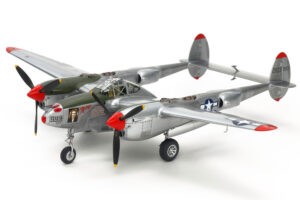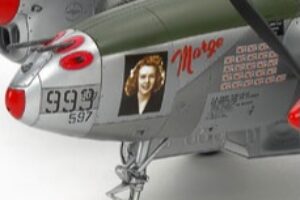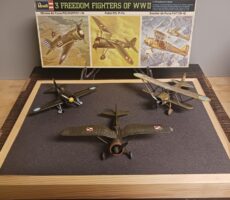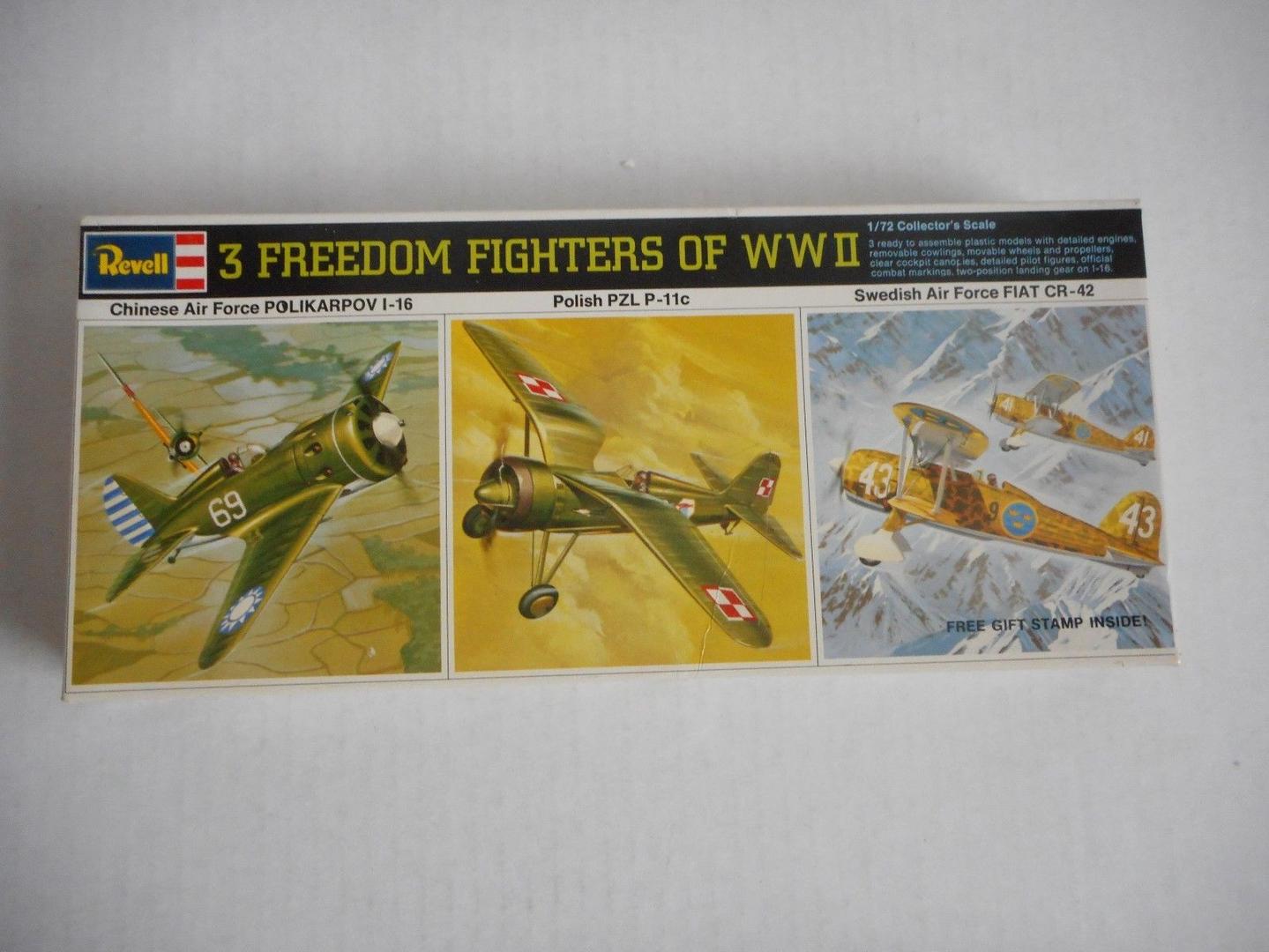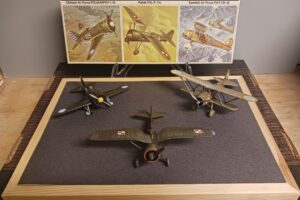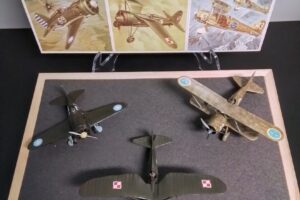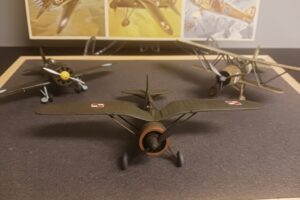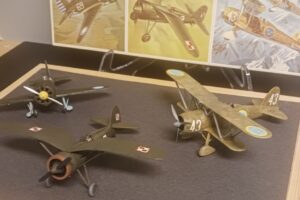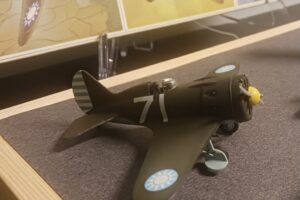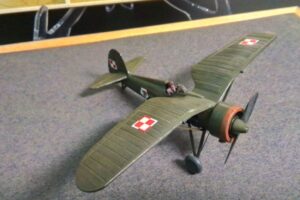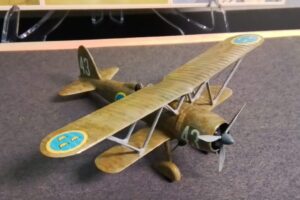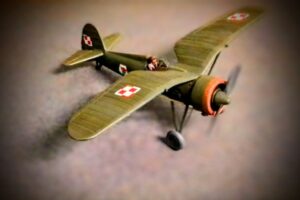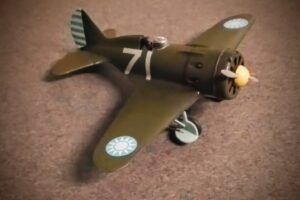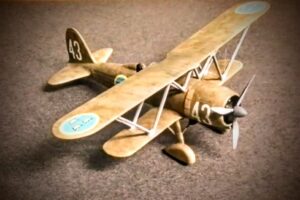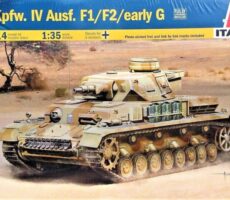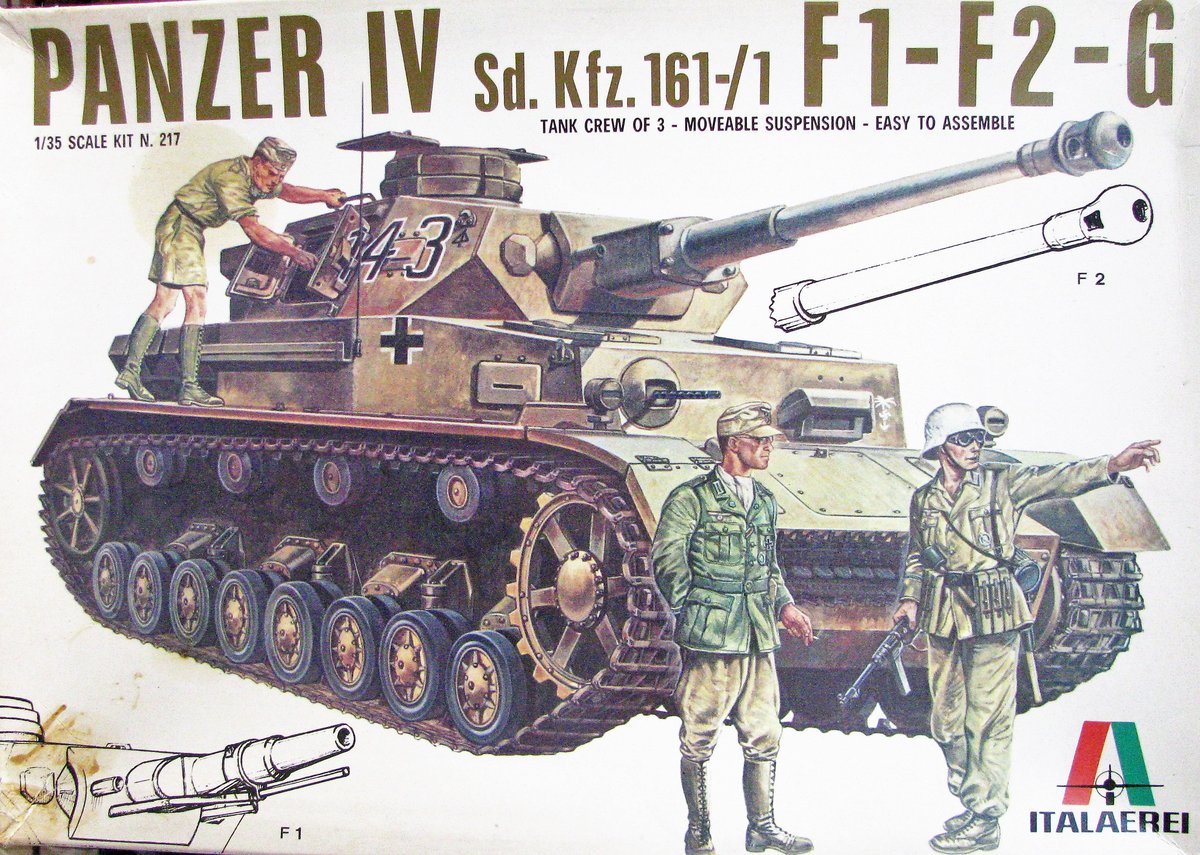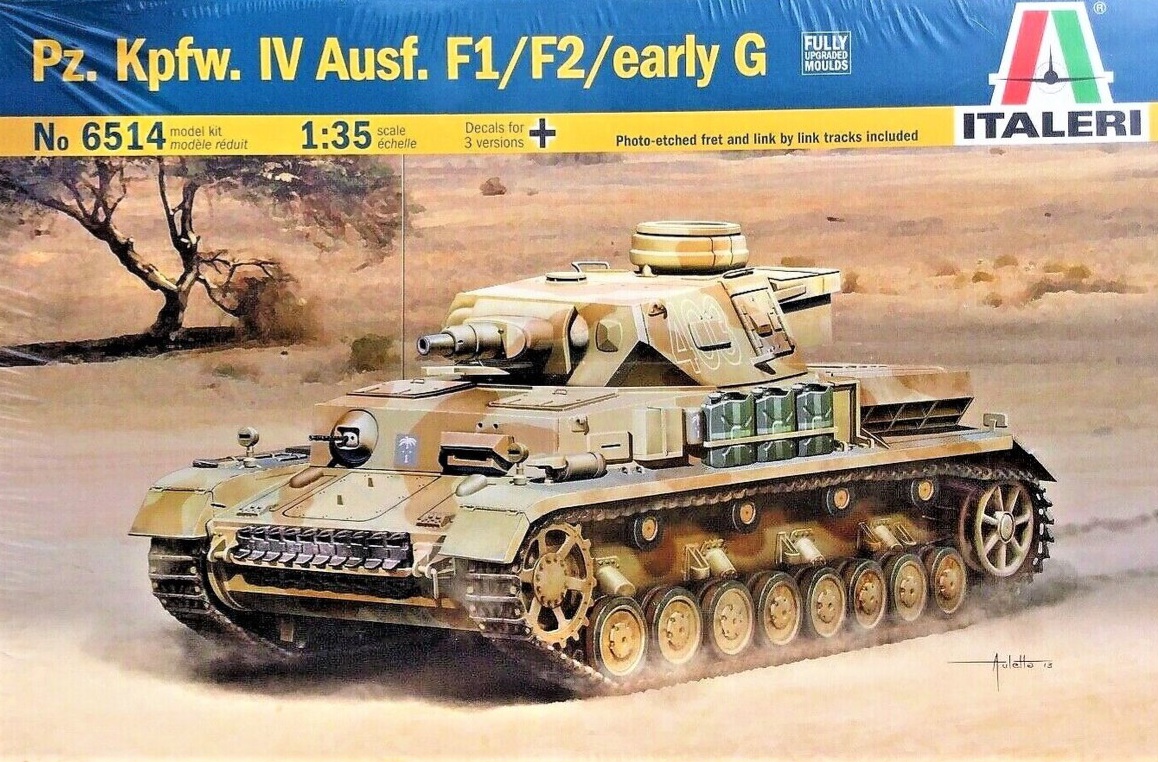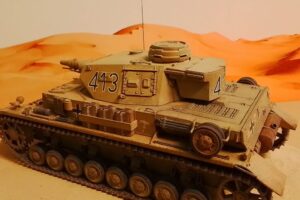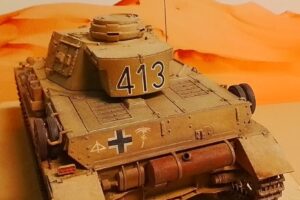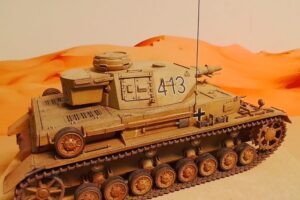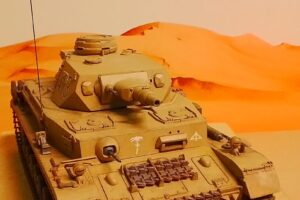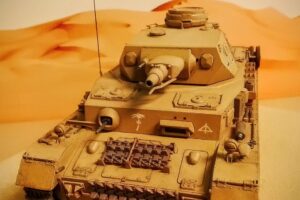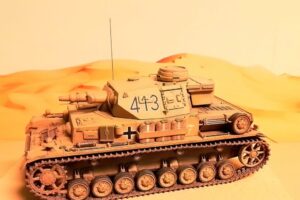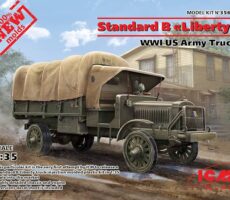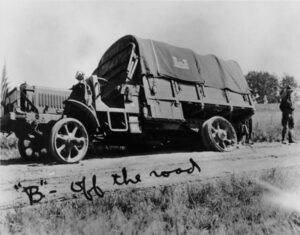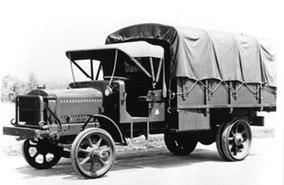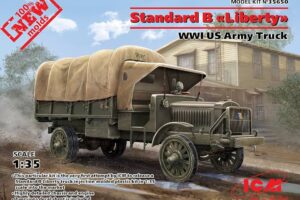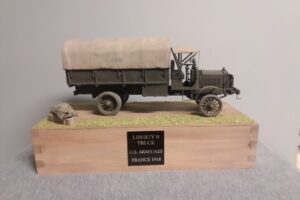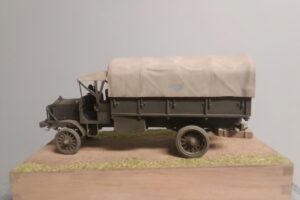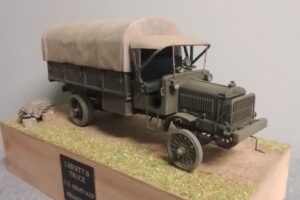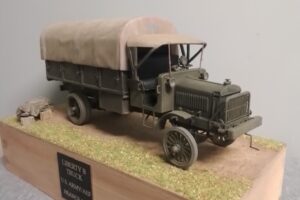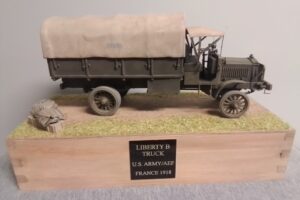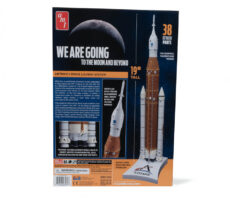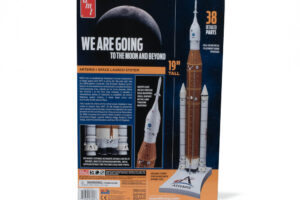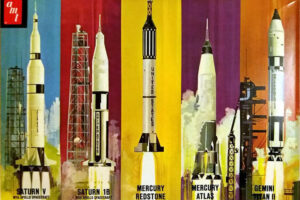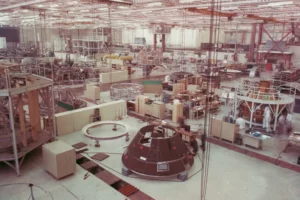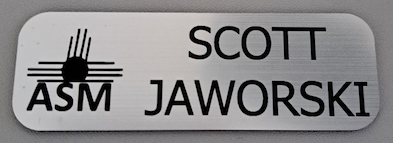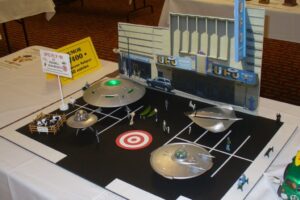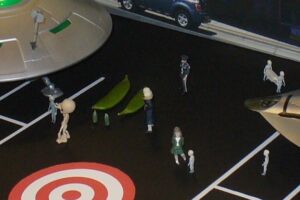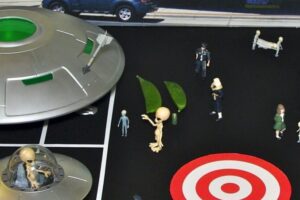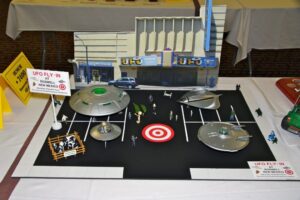This kit goes way back- way, way back- to 1967, 57 years ago. It was during scale modeling’s “Golden Age” when model kits were sold everywhere, catering to kids but already well on the way to the accurate model replicas we enjoy today. Although these models were simpler to build, they weren’t all bad, and this kit was one of them.
The kit came in a sturdy cardboard box with that classic Revell box art that unfortunately disappeared by the early 1970s and was never duplicated. Three model kits were included- an I-16, a CR.42 and a PZL P.11c- with Nationalist Chinese, Swedish and Polish decal markings respectively. Although the kits were simple, the upside was each could be completed after only a day or so on the workbench, which would be difficult with today’s kits.
I found the CR.42 and the PZL P.11c could be built straight from the box; I added a pilot figure to each cockpit with no additional work necessary. In fact, the only other extras I added were rigging wires to the external support struts on the CR.42 and landing gear support wires to the P.11c. These two kits went together quickly and looked nice when completed, equal to any contemporary kit of these famous aircraft.
The I-16 was a tougher nut to crack. Originally kitted by Revell in 1964 – 60 years ago – it suffered from a near total lack of information on Russian aircraft at the time, due to the Cold War. So some of the shapes don’t add up, specifically the wings, which taper to the tips unlike the rounded wings found on the real plane. It also has large empty holes where the landing gear pans should be. So I applied an old fix to an even older kit and used long-defunct Guano Aeroplane and Zeppelin Works aftermarket wing parts and borrowed landing gear pans from an ICM I-16 kit. Both worked well with a little filling and sanding, and the kit finished quickly.
When it came time for decaling, I used Revell’s Swedish markings for the CR.42. After a short time soaking in warm water the decals were as easy to apply as the day they were printed, remarkable for a decal sheet from a 1960s dime store kit. For the P.11c, I cheated and used Polish markings from a recent TechMod decal sheet, and for the I-16 I used Revell’s Chinese roundels and tail stripes but fuselage numbers from an LF Models sheet.
Well this quick build of an old kit turned out nicely. With a minimum of fuss and a few modern parts and decals, you can get a decent result for a fraction of the cost of a contemporary kit. These old Revell kits are great for anyone looking to improve their modeling skills and have a little fun while they’re doing it.
The kit theme- 3 Freedom Fighters of WWII- also got me thinking; what would a similar model kit theme look like today? “Three Freedom Fighters of 2024” might not be crewed aircraft at all, but drones!
